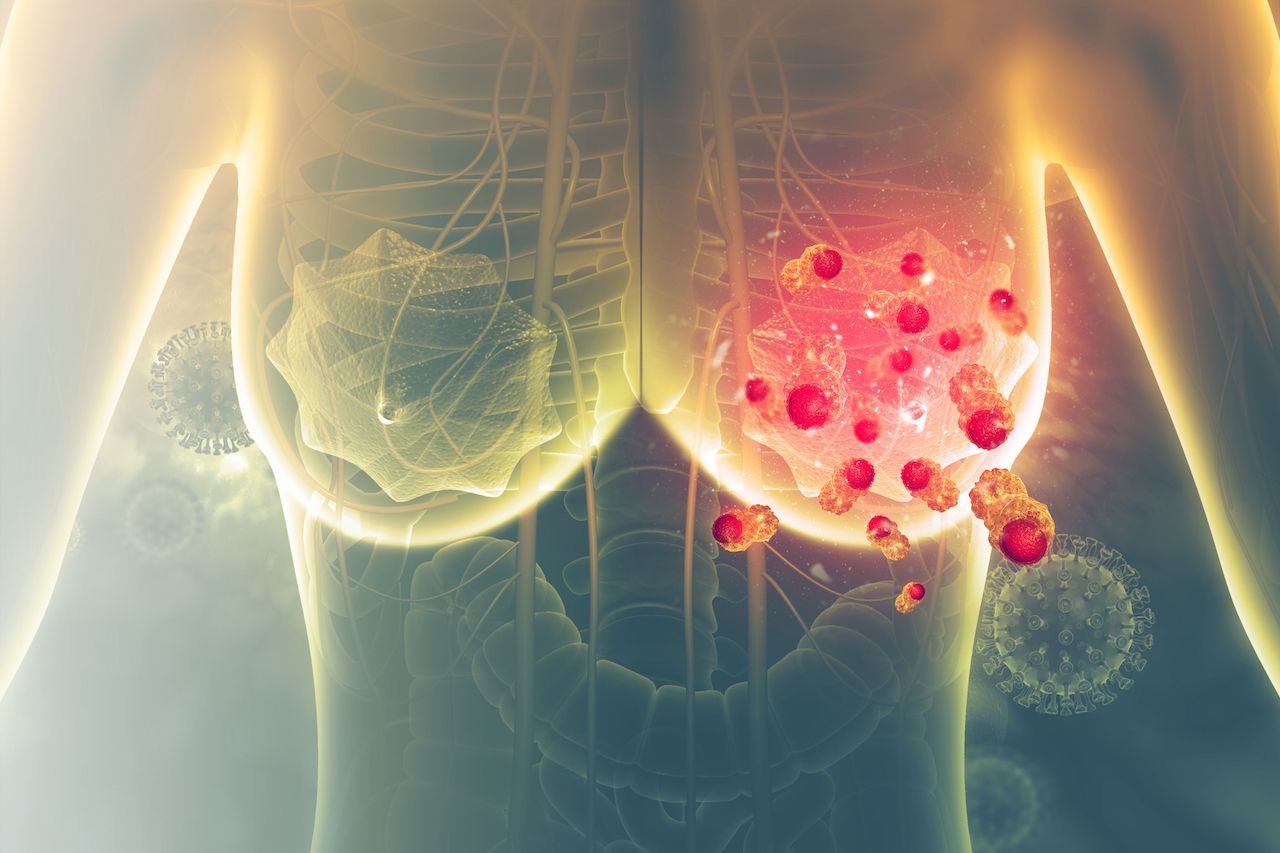Article
Two-Thirds of Patients With TNBC Do Not Receive Recommended Care
Author(s):
Cases of triple-negative breast cancer (TNBC) account for up to 20% of all cases of the disease, the most common cancer diagnosed in women in the United States.
Almost 70% of women diagnosed with triple-negative breast cancer (TNBC) do not receive care for their disease that is in accordance with guideline recommendations from the National Comprehensive Cancer Center (NCCN), reported study results out of ASCO20 Virtual, this year’s annual meeting of the American Society of Clinical Oncology.
This despite breast cancer being the most common cancer diagnosed in women and up to 20% of all cases accounted for by the TNBC subtype, which itself is usually diagnosed between age 40 to 50 years, noted Sarah Cannon Research Institute.
The present research by a team from the universities of California at Irvine and Riverside noted how the typically aggressive TNBC is usually found at a more advanced stage but that NCCN-adherent care is not delivered in 67.5% of cases, as well as that disparities in adherence are more noticeable when broken down by such demographics as age, race/ethnicity, insurance, socioeconomic status (SES), marital status, and tumor stage.
“The overarching goal of treatment recommendations listed in the National Comprehensive Cancer Network guidelines are to improve patient outcomes,” the authors noted.
Their retrospective cohort study utilized data from the California Cancer Registry for 16,858 women who received a TNBC diagnosis between 2004 and 2016 and were then followed through November 2018. Multivariable logic regression and Cox regression analysis were used to analyze the data and determine disease-specific survival. Reference values were non-Hispanic white race, being medically insured, and having the highest SES.
Overall results showed that less than one-third of the patients (5472; 32.5%) actually received care in line with NCCN recommendations (P <.0001). A poster accompanying the results showed that Asian patients were the most likely to receive guideline-adherent care (adjusted odds ratio [aOR], 0.92; 95% CI, 0.82-1.03) and non-Hispanic black patients were the least likely (aOR, 0.82; 95% CI, 0.73-0.92; P <.001).
Additional results from the poster showed the following demographics associated with receipt of care that does not meet the NCCN recommendations:
- Older age (above 65 years): 71.2%
- Being uninsured: 69.5%
- Single marital status: 69.7%
- Stage II tumors: 78.4%
- Lowest SES: 72.1%
These results, unfortunately, positively correlated with an overall high disease-specific mortality rate (HR, 1.21; 95% CI, 1.11-1.31; P <.001), and one that remained elevated for non-Hispanic black patients (HR, 1.28; 95% CI, 1.16-1.42; P <.05), if patients had either Medicare (HR, 1.20; 95% CI, 1.08-1.34; P <.001) or Medicaid coverage (HR, 1.29; 95% CI, 1.15-1.43; P <.001) and were in the middle (HR, 1.21; 95% CI, 1.08-1.35; P <.001), lower-middle (HR, 1.19; 95% CI, 1.06-1.33), or lowest SES (HR, 1.20; 95% CI, 1.06-1.36) brackets.
Additional studies are needed to investigate how the gap in care recommended and that actually received can be reduced.
Reference
Ubbaonu C, Chang J, Ziogas A, et al. Disparities in the receipt of National Comprehensive Cancer Network (NCCN) guideline adherent care in triple-negative breast cancer (TNBC) by race/ethnicity, socioeconomic status, and insurance type. Presented at: ASCO20 Virtual; May 29-31, 2020. Accessed June 15, 2020. https://meetinglibrary.asco.org/record/185233/abstract





